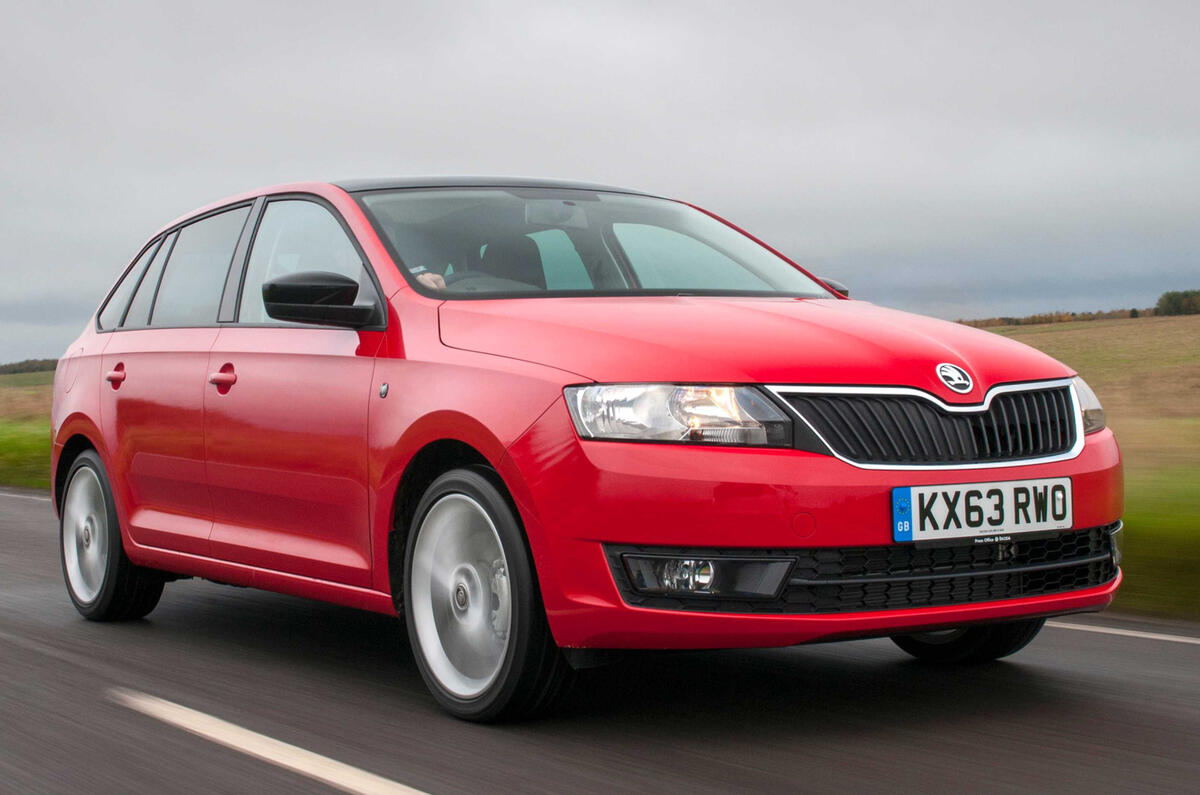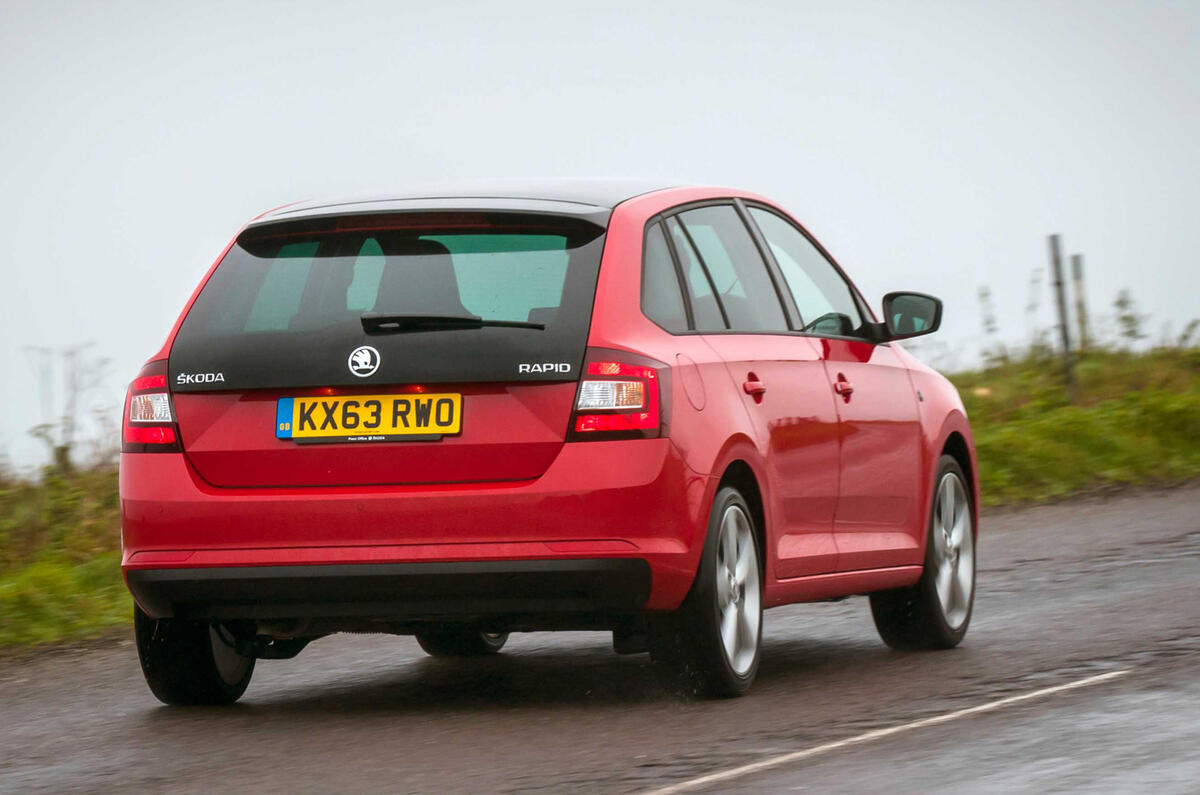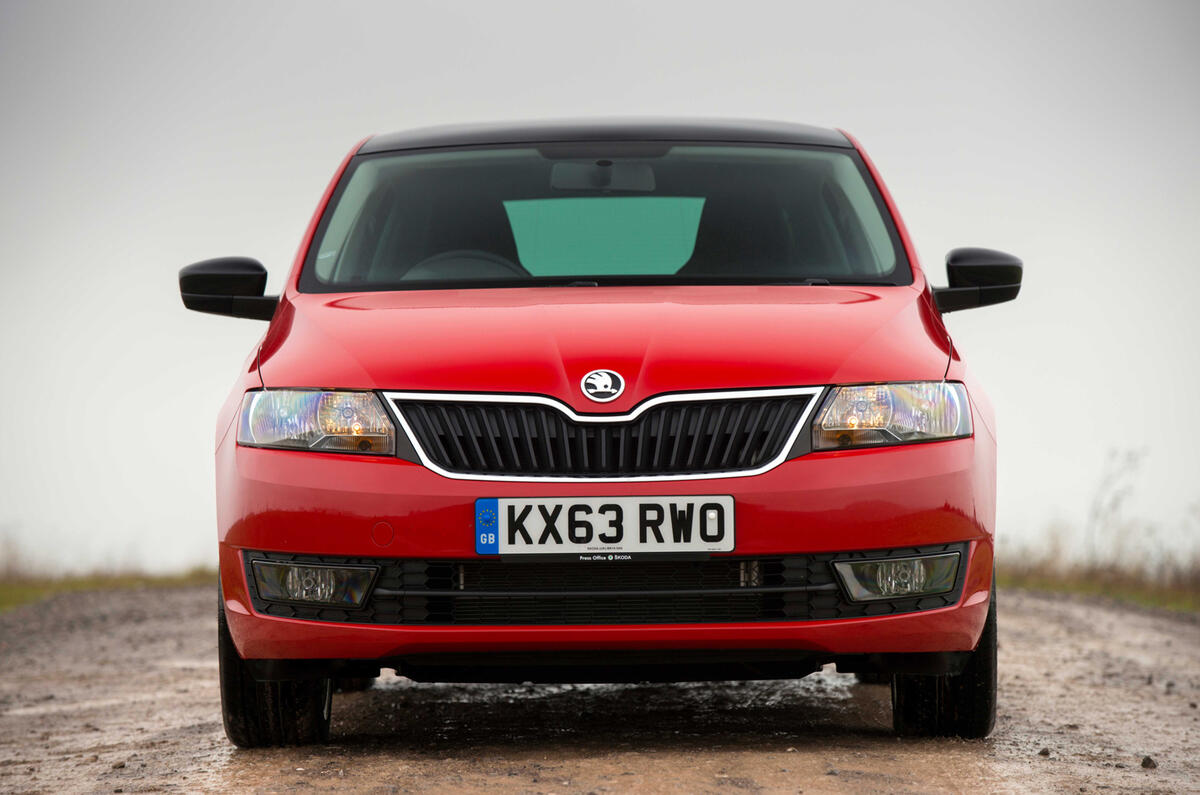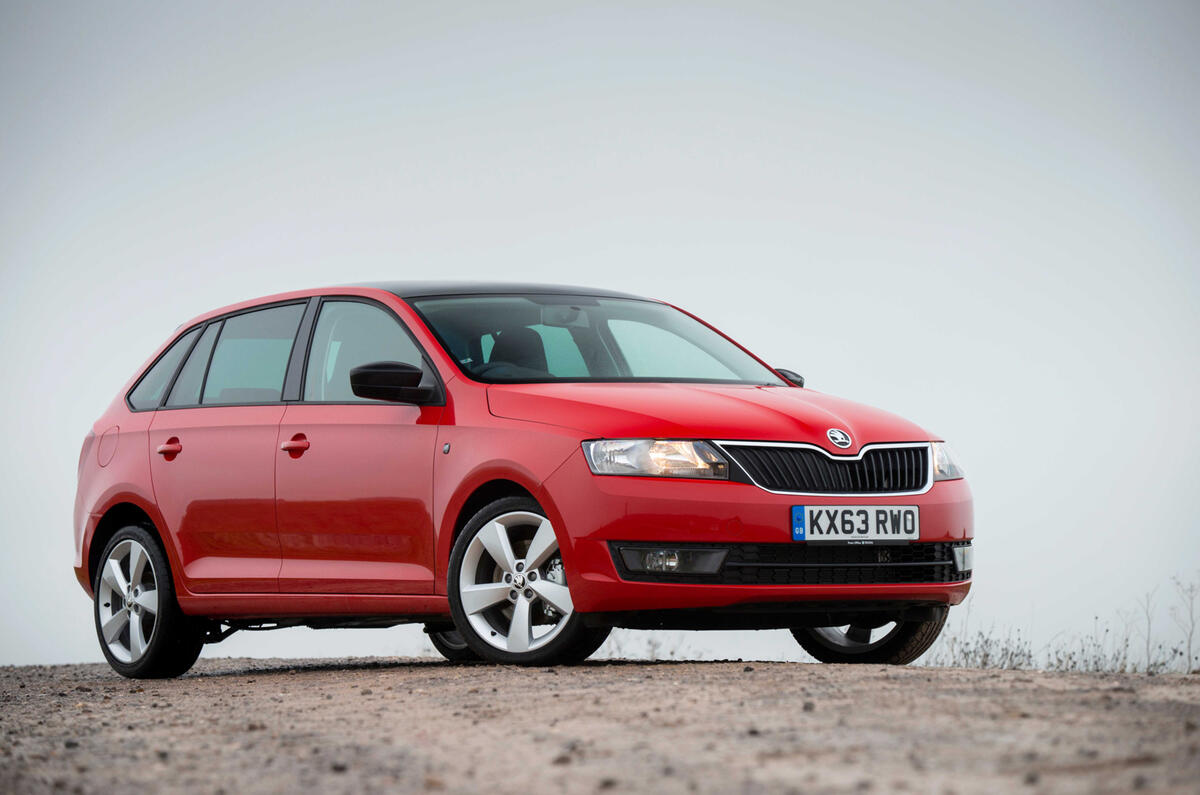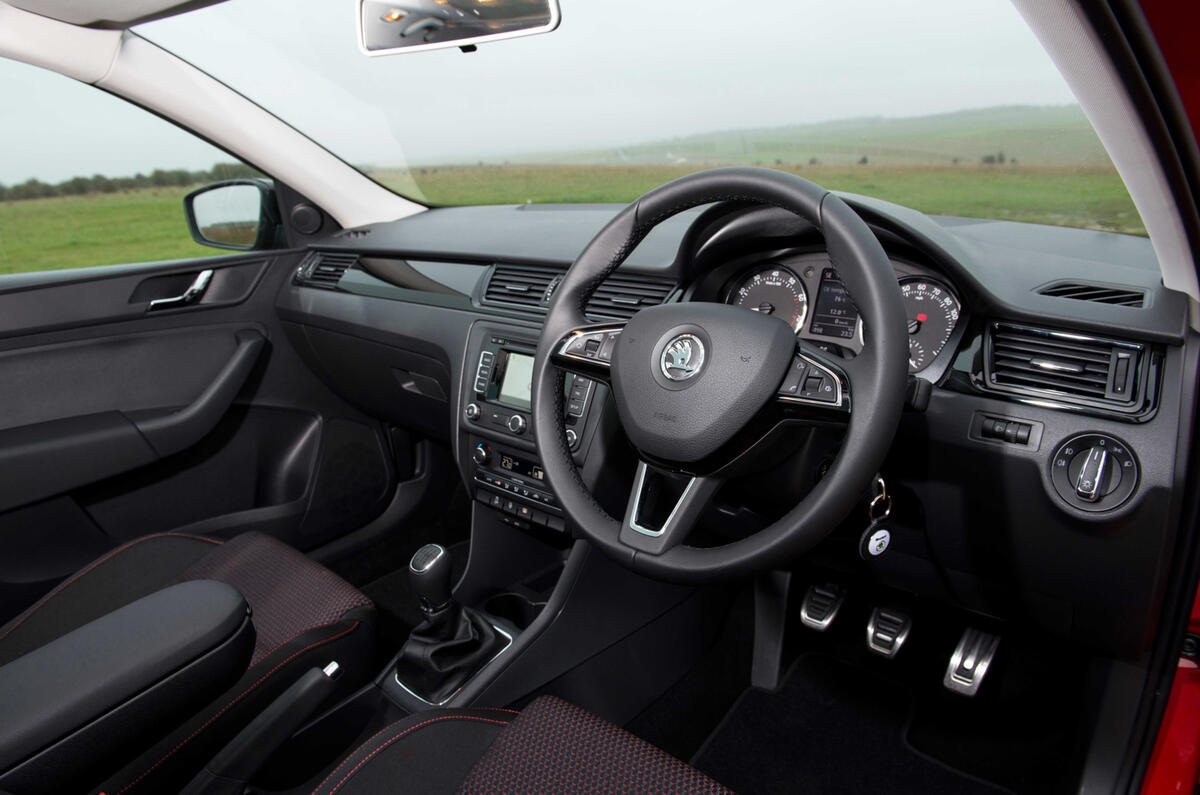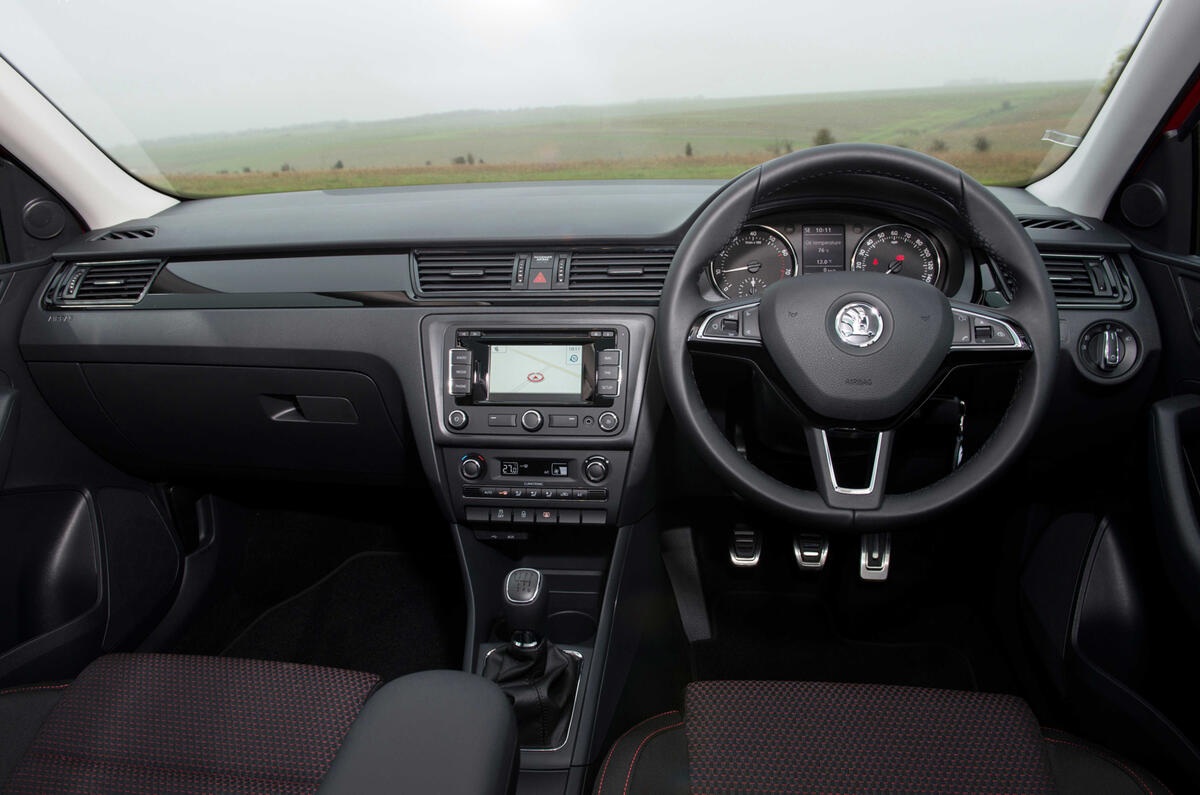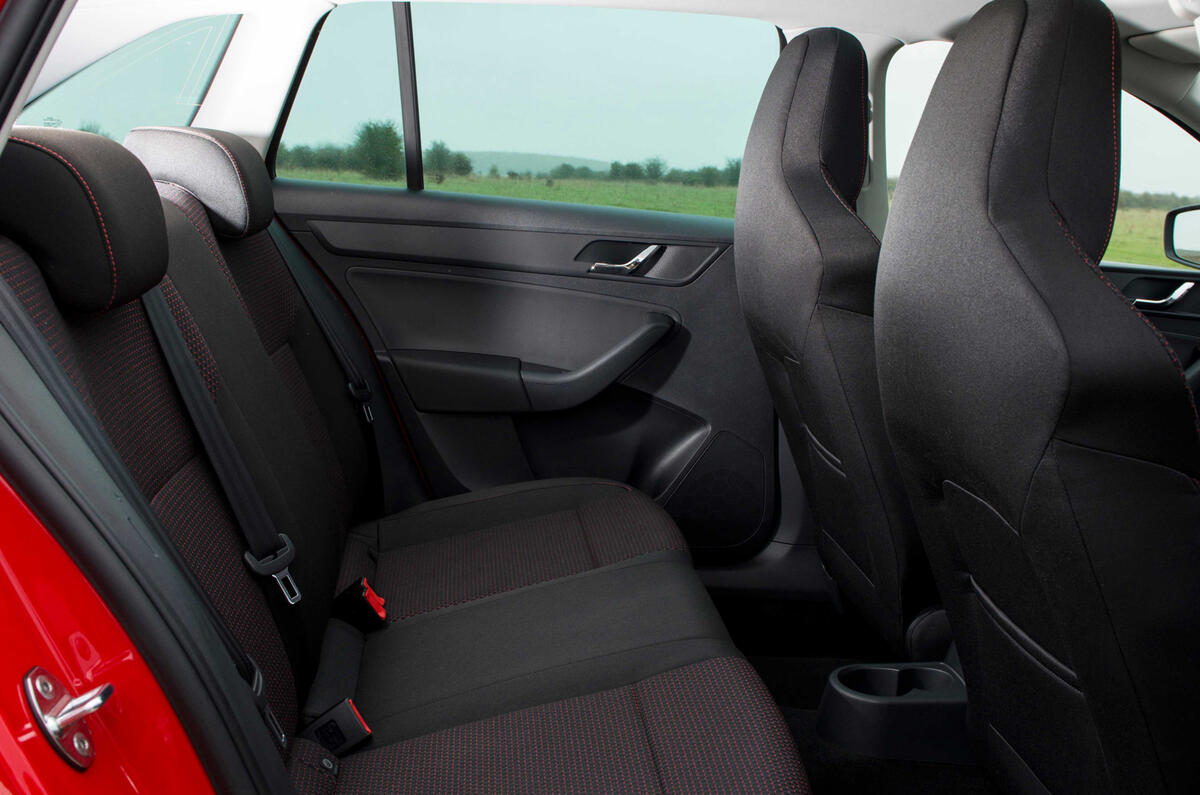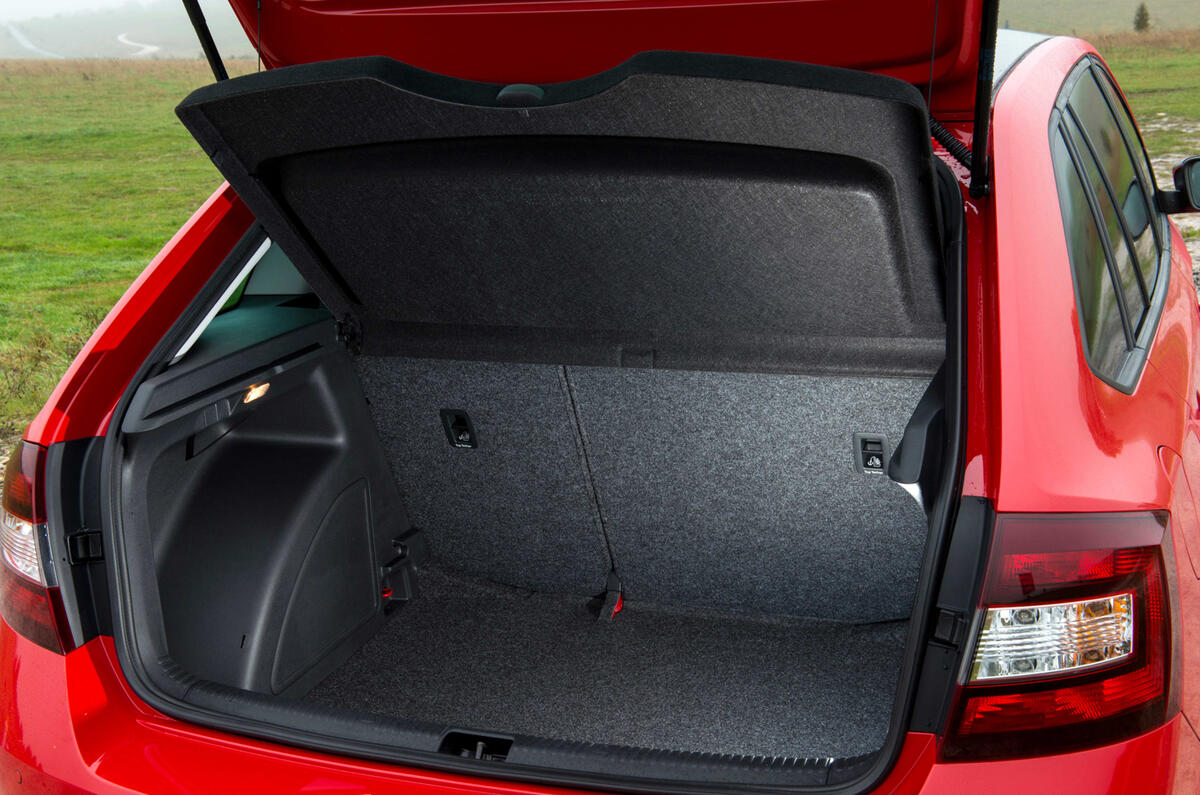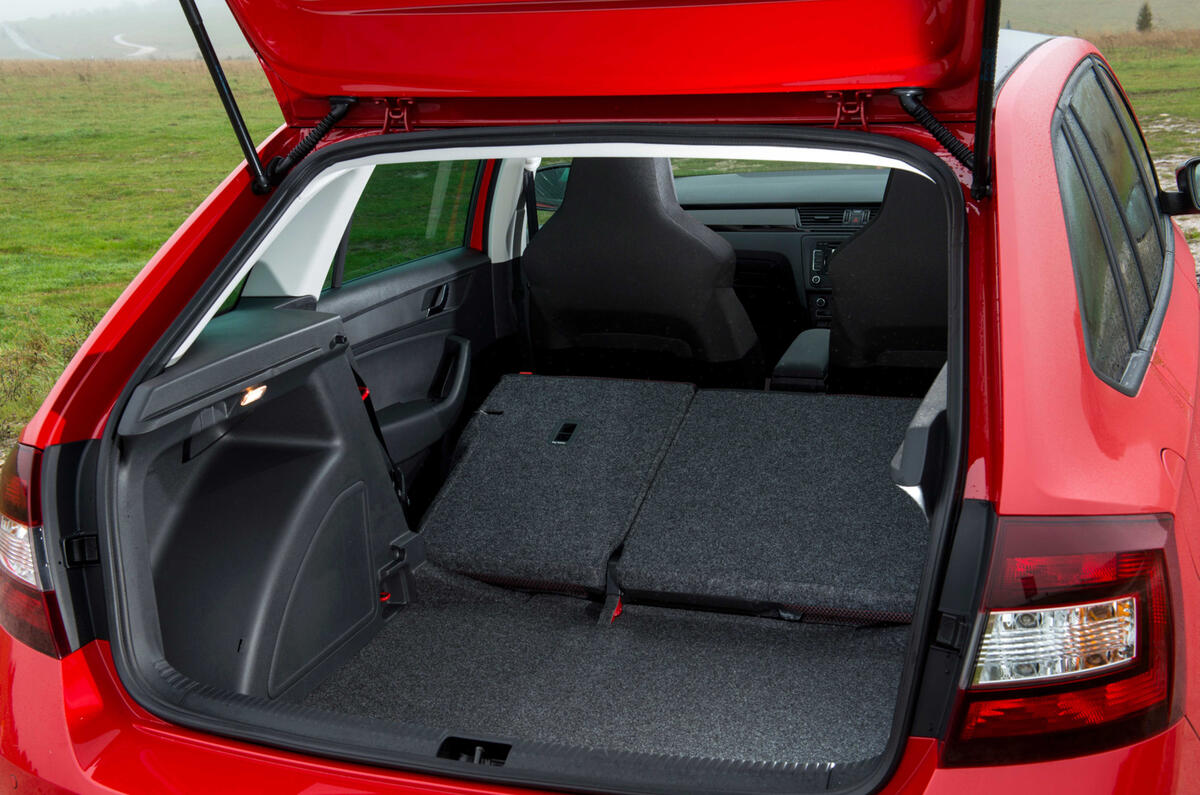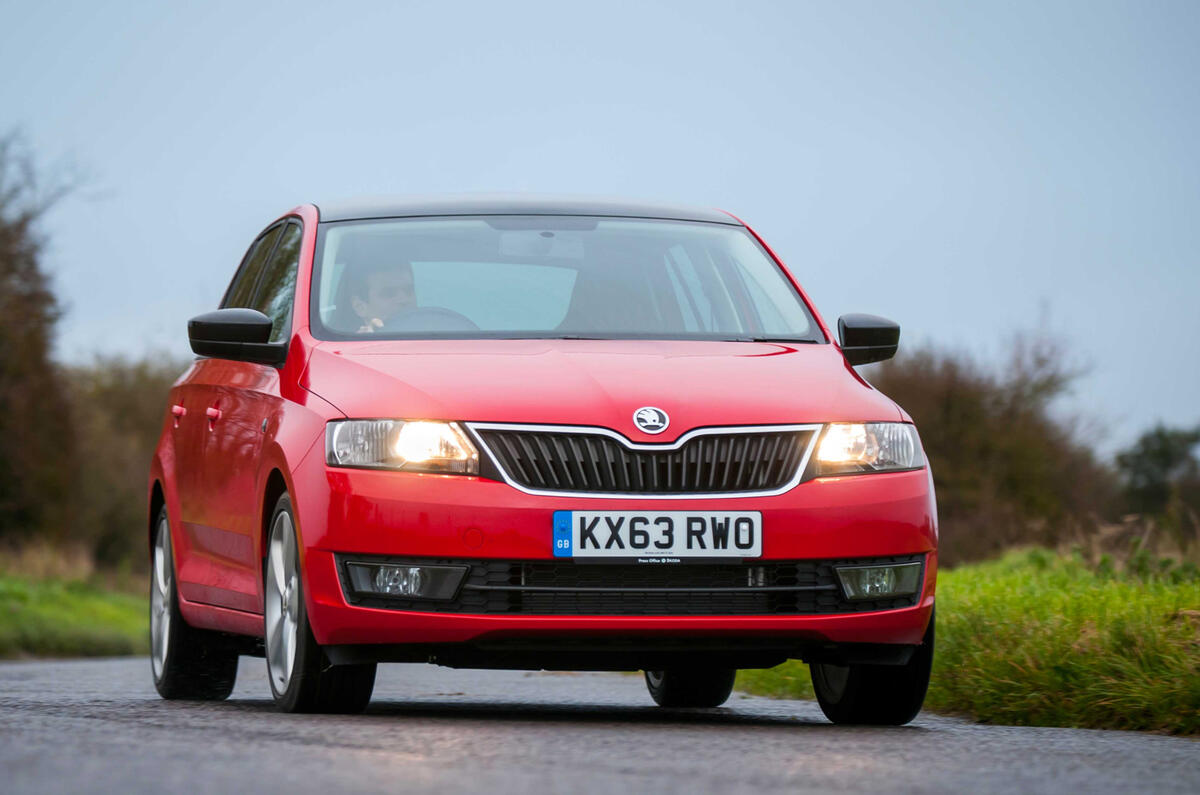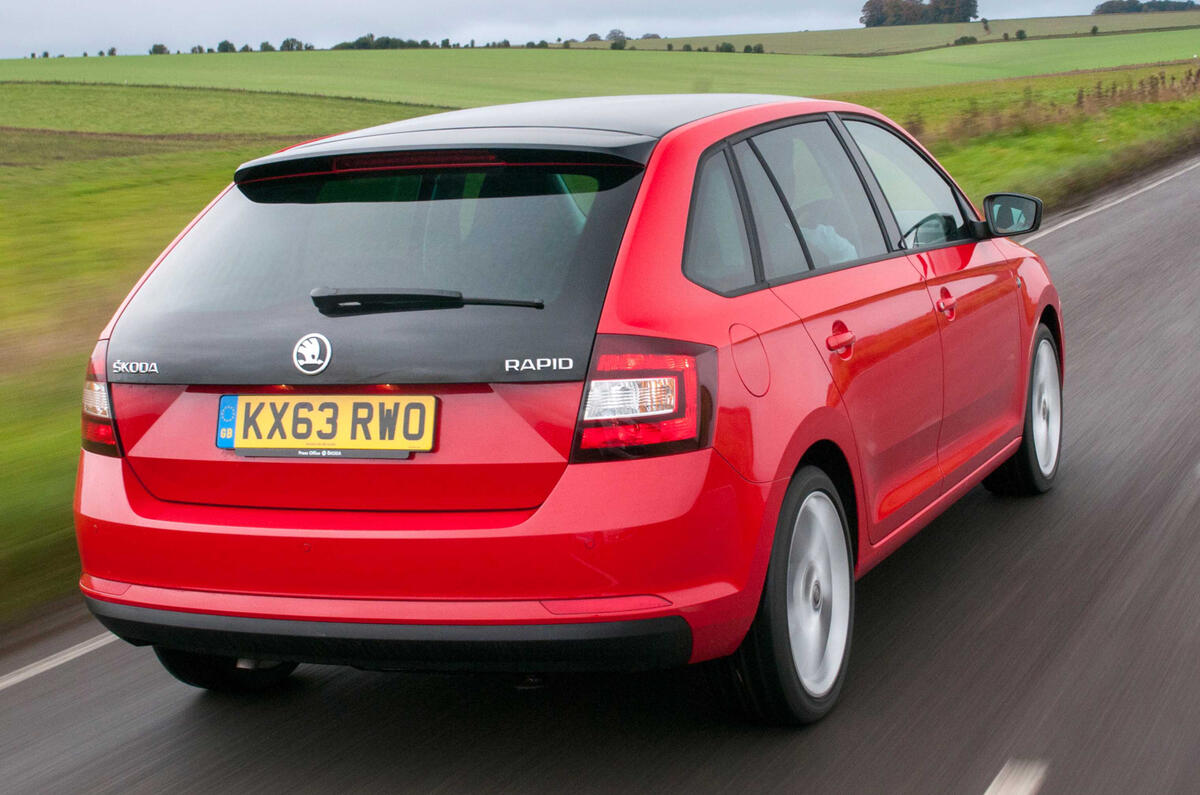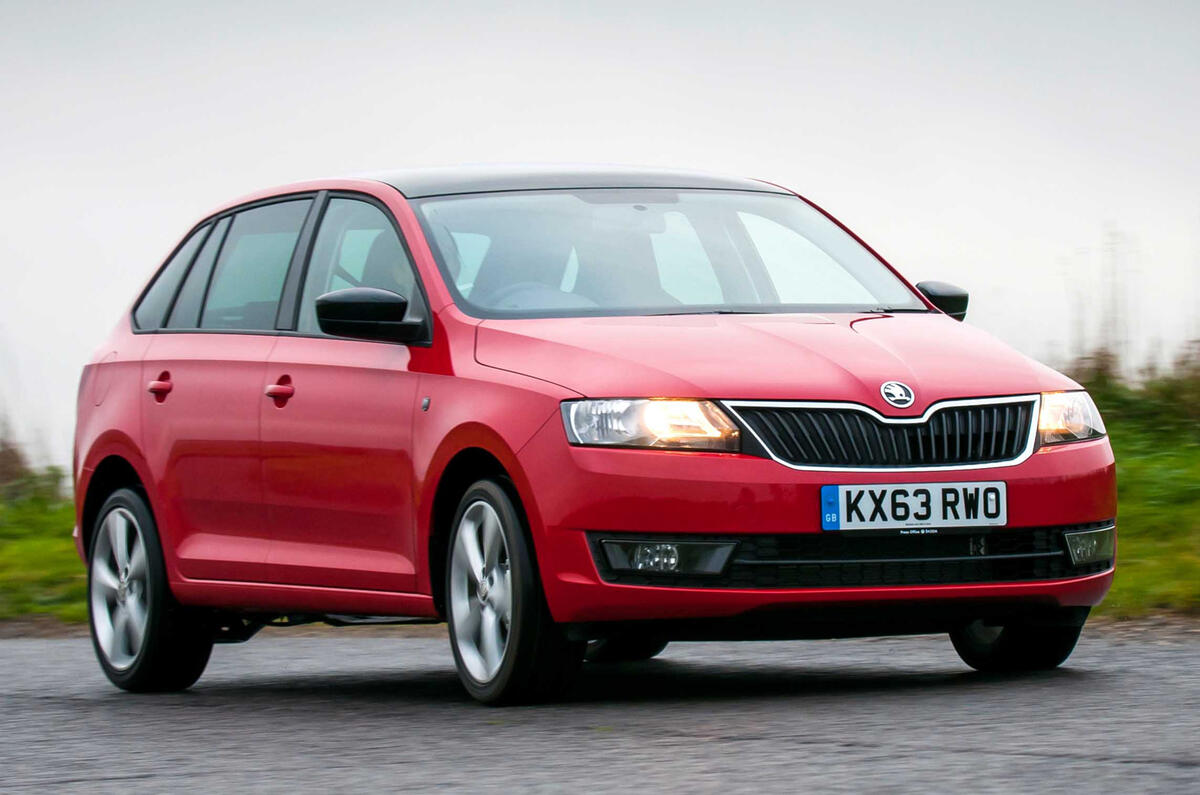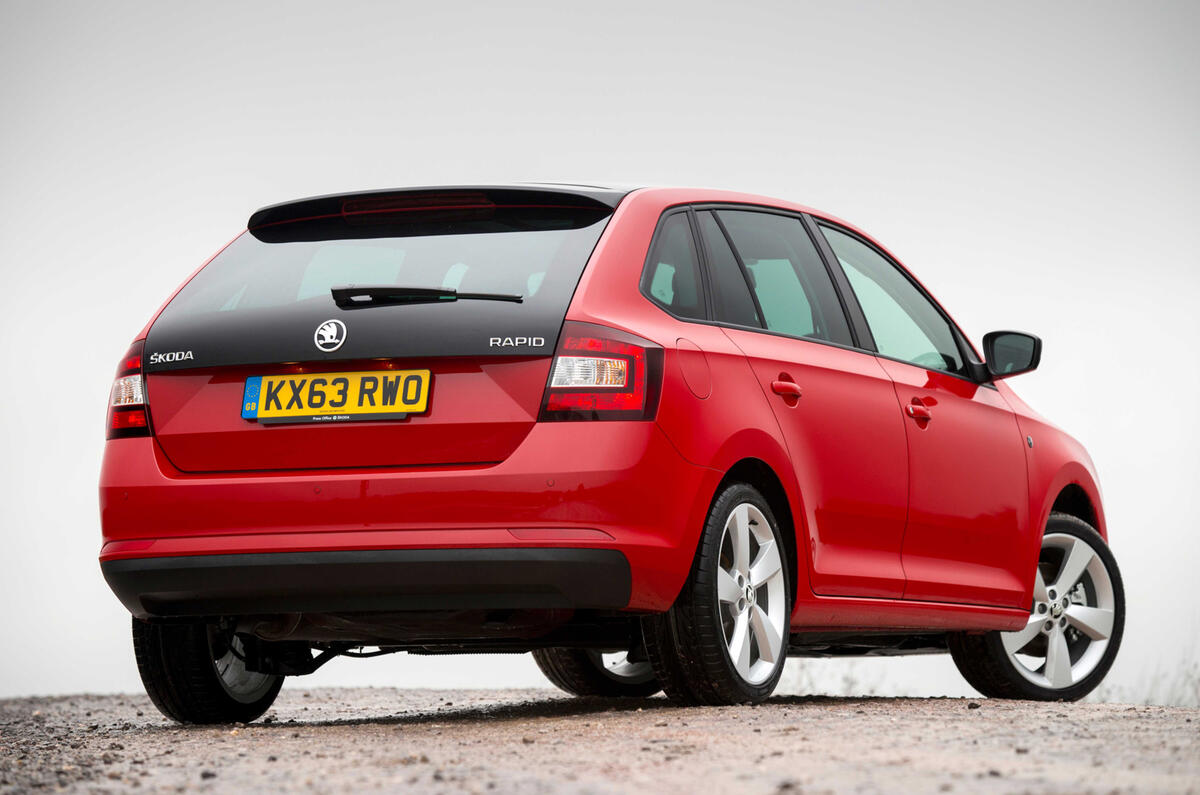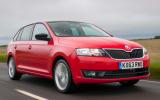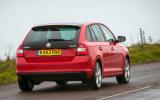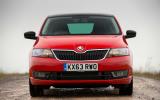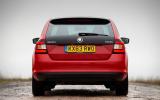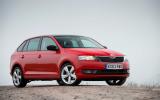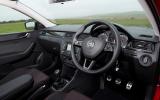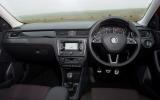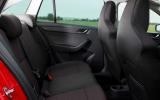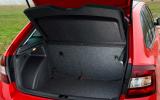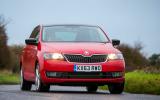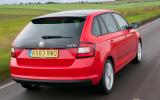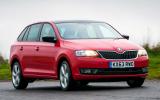The launch of the new Skoda Rapid Spaceback marks the continuation of the successful and well-established Czech manufacturer's assault on the European C-segment, home to the likes of the Ford Focus, Vauxhall Astra and Kia Cee'd.
Longtime hatchback stalwart the Skoda Octavia, available as both hatchback and estate, is now so large that it’s almost become a more comfortable fit in the class above, and that leaves room below for two added-value five-doors: the utility-flavoured Rapid liftback, and this, the more stylish Rapid Spaceback.
Labeling what, in the UK at least, has the potential to be the most popular bodystyle of the Rapid as a quirky-sounding niche-market sideshow would seem to make questionable sense, especially since every man and his dog will wonder what on earth a Spaceback is.
Ironically enough, the term just describes a car that, outwardly and inwardly, resembles an utterly conventional five-door hatchback. One with a smidgeon more boot- and cabin space than the class norm, perhaps, but nothing nearly unusual enough to require its own entry in the car design lexicon.
In place of the regular Rapid’s long rear overhang, flat rear deck and long, flat boot, the Spaceback has an extended hatchback-style roofline, a D-pillar and a more upright hatchback boot. It’s 180mm shorter than the regular Rapid and, up to the window line, the boot is some 135 litres smaller.


